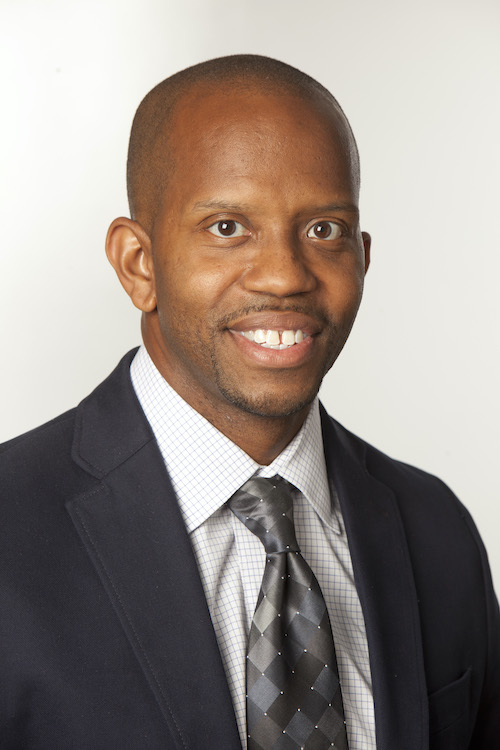USC Clinical Researcher Gives Online and Social Media Study Recruitment a Try — and it Changes Everything
James Finley, Ph.D., an assistant professor in the Division of Biokinesiology and Physical Therapy, got recruitment help from the SC CTSI's Digital Innovation and Communication group for his study of balance and risk of falls in post-stroke patients. Using new techniques to connect with potential participants online, the Digital Innovation team enabled Finley to increase study enrollment by 250 percent and to meet his accrual target in two months.
Like most clinical researchers, James Finley, PhD, faces the same tough problem every time he starts a new study: finding and recruiting research participants.

"As I tell my students, the single limiting factor in a lot of research is simply being able to recruit and evaluate participants," said Finley, who directs the Locomotor Control Laboratory in the Division of Biokinesiology and Physical Therapy, where he investigates how locomotion is controlled and adapted in both the healthy and injured neuromuscular system.
Strokes often damage areas of the brain involved with movement, walking, and other physical and cognitive functions. One goal of Finley's recent research was to develop interventions to forestall falls in stroke survivors whose walking and balance has been impaired. To conduct that study, Finley needed to find and enroll a sufficient number of people who had experienced a stroke. But after six months using the traditional recruitment methods that researchers have relied on for decades, the study was well behind in its accrual target.
That's when the Digital Innovation and Communication (DIC) core group at the Southern California Clinical and Translational Science Institute contacted Finley and offered help. The DIC team specializes in use of the internet, social media, online search, mobile communications and other technology to improve clinical research in various areas—including recruitment.
The Traditional Recruitment Methods
Traditionally—that is, since before the advent of the internet, search engines, social media, and smartphones—researchers like Finley used a mix of passive and active methods to find and recruit potential study participants. A passive method would be placing flyers around campus and in clinics, advertising their study. Unfortunately, said Finley, the flyer-posting approach is simply not very effective.
Active recruitment methods include asking clinicians to tell their patients about studies during examination or treatment. But clinicians’ primary responsibility is to manage the care of their patients, leaving little time for research recruitment, said Finley, and the technique often yields limited success. Another active recruitment method is to attend support groups for people with relevant health conditions where investigators can interact with potential participants face to face. "But these support groups may not be very well attended, so for the researcher it's often a lot of effort for not much result," said Finley.
Finley has also tried to connect with patients during physical therapy appointments, which are commonly prescribed for stroke survivors. But insurance plans tend to cover only a limited number of physical therapy sessions. "That therapy window closes quickly and once patients leave we as researchers don't really have a way to find them," he said.
Eventually, through all the hard work involving these traditional recruitment methods, investigators build up a database of potential study participants—people who are both qualified by virtue of their medical condition as well as by their willingness and ability to take part in the studies. The investigators can and do go back to this well multiple times, but it needs to be reviewed regularly to determine who is still interested and eligible for research, and it always needs to be replenished.
Almost Unheard Of Success
Reuter and the DIC team used their open-source tool, Trial Promoter, to implement and analyze digital media recruitment for Finley's study, including by advertising the study on Facebook and Google.
How did it work? "We had a little over one month of advertising on Facebook and Google, and in that period we had 25 people contact us about potential participation in our study," said Finley. Of those 25, 11 ended up being enrolled.
"Finding 11 people in one month is almost unheard of for us," said Finley.
Finley is writing a methodology paper with Katja Reuter, PhD, until recently the director of the DIC group, detailing his experience with digital and non-digital recruitment strategies.
As productive as the experience was for his study, Finley believes that technology-based recruiting will only become more effective as researchers gain experience and get better at using it. You could say clinical researchers are going through the same learning process about online technology that product marketers and advertisers have been perfecting for the last two decades; twenty years ago online marketing and advertising was a minor and not particularly welcome part of commerce, but now it's an accepted and integral part of daily life.
For more information about assistance with online and social media-based study recruitment, as well as other research tools and services, visit the SC CTSI's automated assistance page.



